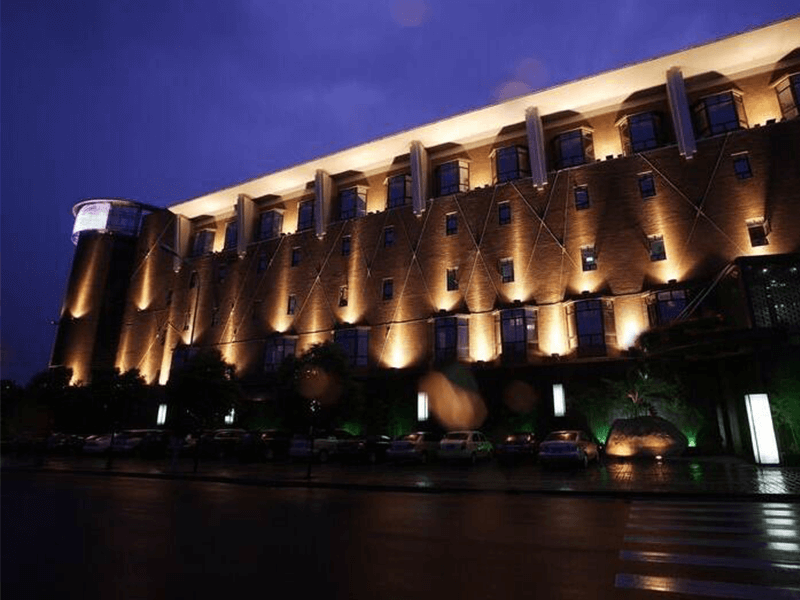A. Installation
DMX: Simple, Straightforward Installation:
DMX systems are known for their relatively easy and uncomplicated installation process. They typically require fewer components and less wiring, making the setup faster and more cost-effective. This simplicity makes DMX an attractive option for smaller projects or those with limited budgets.
DALI: More complex Setup, but Greater Flexibility:
While DALI systems can be more complex to install, they offer greater flexibility in configuration and customization. For example, the decentralized nature of DALI allows for precise control over individual devices and the ability to create complex lighting scenes. This added complexity might require more time and resources during the installation phase but can result in a more versatile and adaptable lighting system.
B. Interoperability and Integration
DMX: Compatibility with A Wide Range of Devices:
DMX is compatible with a broad array of lighting devices, controllers, and software, making it easy to integrate with existing systems or expand as needed. Its widespread adoption across the industry ensures that new devices and technologies will continue to support DMX.
DALI: Greater Integration with Building Automation Systems:
DALI systems are designed for more seamless integration with building automation systems, such as HVAC and security. This allows for centralized control and monitoring of multiple building systems, resulting in streamlined facility management and improved energy efficiency.
C. Scalability and System Size
DMX: Ideal for Small to Medium-sized Systems:
DMX systems are well-suited for small to medium-sized lighting installations, such as stage and entertainment lighting or smaller architectural projects. Their simplicity and compatibility with various devices make them popular for these applications.
DALI: Suitable for Larger, More Complex Lighting Networks:
DALI systems are better suited for larger and more complex lighting networks, such as those in commercial and industrial settings or intelligent building automation. In addition, their capacity for individual addressing and integration with other systems makes them attractive for projects requiring higher control and customization.
D. Cost Considerations
DMX: Generally Lower Upfront Costs:
DMX systems have lower upfront costs due to their more straightforward installation process and fewer required components. This makes them appealing for projects with limited budgets or those prioritizing initial cost savings.
DALI: Potentially Higher Initial Investment, but Long-term Savings:
While DALI systems may require a higher initial investment due to their more complex setup and components, they can provide long-term savings through improved energy efficiency and streamlined facility management. In addition, the ability to monitor and optimize energy usage and integrate it with other building systems can result in significant operational cost reductions over time.
